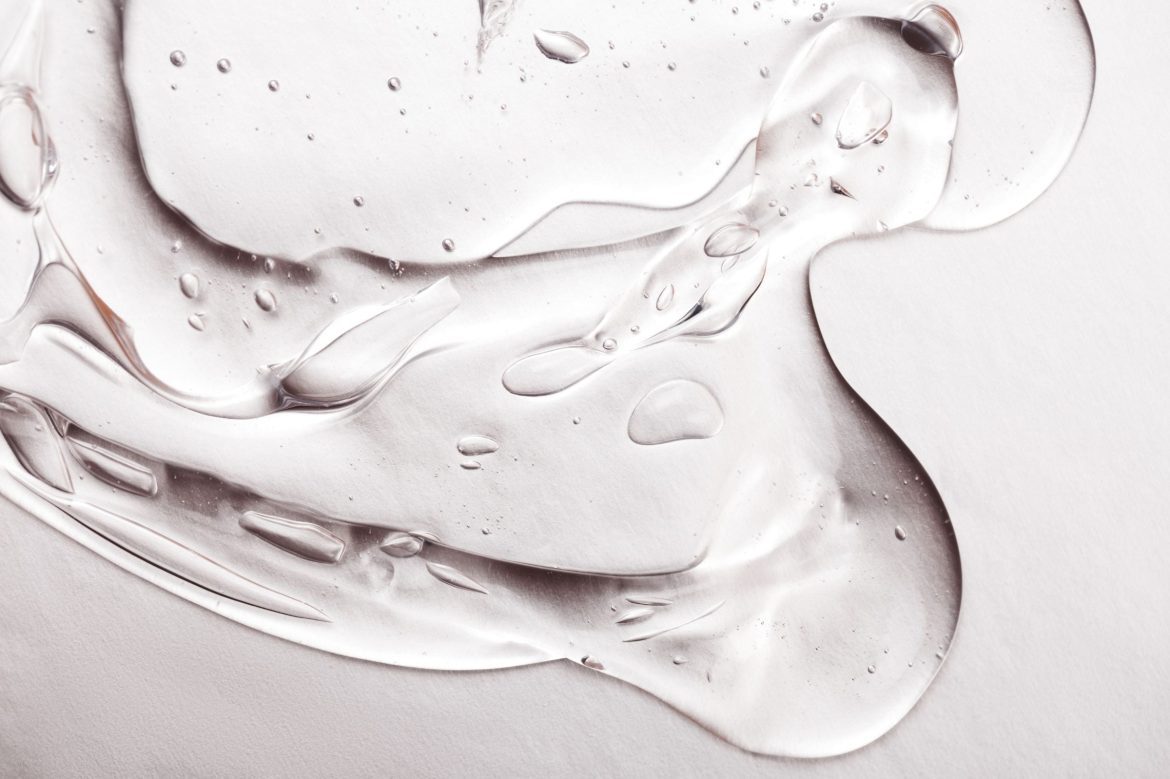Why Vitamin A (Retinol, Retinal, Tretinoin) Still Reigns Supreme in Dermatology
Posted on July 9, 2025 Written by: 100% PURE®
Ever wonder why so many skincare products promise glowing, youthful skin but rarely live up to the hype? With shelves full of trendy ingredients and bold claims, it’s hard to know what really works for your skin. The truth is, most ingredients don’t have the science to back them up. But there’s one that dermatologists consistently swear by: Vitamin A.
Whether you’ve heard it called retinol, retinoid, or tretinoin, this powerhouse ingredient is proven to boost skin renewal, reduce fine lines, and improve texture. When it comes to real, visible results, Vitamin A stands out as the gold standard in anti-aging skincare.
What Is Vitamin A in Skincare?
Vitamin A, widely praised in skincare, refers to a group of compounds called retinoids—including retinol, retinaldehyde, and the prescription form tretinoin. While retinol and retinal require conversion by the skin to become active, tretinoin (retinoic acid) works immediately, stimulating collagen production, speeding up cell turnover, and fading pigmentation.
Among all skincare ingredients, retinoids are the most extensively studied. Clinical trials show tretinoin improves fine lines, uneven texture, and sun damage by promoting healthy skin renewal.
Originally used to treat acne in the 1960s, tretinoin’s anti-aging benefits became clear through decades of research—earning its reputation as the gold standard in topical skincare.
The Science of Cell Turnover and Collagen Stimulation
Vitamin A, particularly in its active form tretinoin, accelerates cell turnover and stimulates collagen production by binding to nuclear receptors that regulate gene expression. This leads to smoother skin texture, diminished fine lines, and more even pigmentation. As old skin cells shed faster and fibroblast activity increases, the dermis becomes firmer and more resilient.
Clinical studies have shown that tretinoin significantly improves photoaged skin by increasing epidermal thickness, reducing matrix metalloproteinases (MMPs), and enhancing collagen synthesis. Visible results typically begin at 4 to 6 weeks, with more dramatic improvements at 12 to 24 weeks and continued gains over time.
Tretinoin vs. Retinol: What’s the Difference?
Tretinoin and retinol are both forms of vitamin A, but differ in potency, formulation, and how they act on the skin. Tretinoin is pure retinoic acid—prescription-only and biologically active upon application. It binds directly to skin cell receptors, accelerating collagen production and cell turnover. Retinol, found in over-the-counter (OTC) products, must be converted by the skin into retinoic acid in multiple steps, making it slower and less potent.
Tretinoin delivers faster, clinically proven results but often comes with more irritation—flaking, dryness, and redness—especially during early use. Retinol is gentler and better suited to sensitive or beginner skin.
Use retinol for preventive care or early signs of aging; switch to tretinoin for more targeted, corrective treatment.
How to Incorporate Retinol Into Your Routine
Retinol is a powerful active, but to see results without overwhelming your skin, it’s essential to introduce it gradually and layer it correctly. Here’s how to use it effectively and safely:
Start slow: Use retinol 2–3 times a week in the evening. Let your skin build tolerance before increasing frequency.
Cleanse and dry: Wash your face with a gentle, non-stripping cleanser. Wait 10–20 minutes until the skin is completely dry to reduce the risk of irritation.
Apply sparingly: Use a pea-sized amount for the whole face. Avoid the eye area, corners of the nose, and mouth unless your skin is already well-adjusted.
Moisturize generously: Follow with a hydrating, fragrance-free moisturizer. You can also apply moisturizer before and after retinol to buffer its strength.
Avoid harsh actives: Don’t combine retinol with AHAs, BHAs, vitamin C, or benzoyl peroxide in the same routine.
Wear SPF daily: Retinol increases sun sensitivity. Use broad-spectrum SPF 30+ every morning, even if indoors.
Top 100% PURE Products with Vitamin A (Retinol)
If you’re looking to introduce retinol into your routine using clean, plant-based formulations, 100% PURE offers a powerful range of nighttime treatments enriched with stabilized vitamin A and antioxidants:
Multi-Vitamin + Antioxidants PM Eye Treatment
A lightweight yet potent eye cream designed to smooth fine lines, firm delicate under-eye skin, and reduce puffiness using retinol, CoQ10, and a blend of vitamins C and E.
Multi-Vitamin + Antioxidants PM Facial Oil
This luxurious facial oil combines retinol with plant oils like rosehip and pomegranate to deeply nourish, fight oxidative stress, and improve skin elasticity overnight.
Multi-Vitamin + Antioxidants Potent PM Serum
A high-strength, fast-absorbing serum with a blend of vitamins A, C, D, E, and K to even tone, reduce hyperpigmentation, and promote smoother, firmer skin.
Retinol Restorative Overnight Balm
Ideal for dry or mature skin, this ultra-rich balm seals in moisture and encourages overnight repair with micro-encapsulated retinol and soothing avocado butter.
Multi-Vitamin + Antioxidants Ultra Riché PM Treatment
A deeply hydrating night cream with stabilized vitamin A and nutrient-dense plant oils to restore skin barrier function and visibly reduce signs of aging.
Why Clean Retinol Matters
Not all retinol is created equal—and for those with sensitive skin or a clean beauty philosophy, the source and formulation matter just as much as the results. Traditional retinol is often synthesized from animal-derived or petrochemical sources and may be paired with harsh stabilizers or fillers. In contrast, vegan, plant-based retinol alternatives and clean formulations—like those from 100% PURE—deliver comparable benefits without compromising skin health or ethical values.
What sets 100% PURE’s retinol formulas apart is our commitment to cruelty-free, non-toxic, and eco-conscious ingredients. Our vitamin A products are buffered with natural botanicals and antioxidant-rich oils, reducing irritation while supporting long-term skin renewal.
Unlike conventional retinol products that often cause redness, peeling, and dryness, our clean formulations are gentle yet clinically effective. You still get the collagen stimulation, improved texture, and fading of fine lines—without parabens, synthetic fragrance, or animal testing.
Clean retinol doesn’t just work—it works better for your skin, your values, and the planet.
Common Mistakes to Avoid When Using Retinol
Retinol can transform your skin—but only if it’s used wisely. Many people sabotage their results by making simple but avoidable mistakes. Here’s what to watch out for:
Using too much, too soon
More isn’t better. Start with a pea-sized amount and apply it just 2–3 nights a week. Overuse can lead to peeling, redness, and sensitivity that sets your skin back rather than moving it forward.
Skipping moisturizer
Retinol can disrupt your skin barrier. Always follow with a hydrating, non-comedogenic moisturizer to reduce dryness and irritation. If you’re sensitive, try buffering by applying moisturizer before and after retinol.
Not wearing SPF
Retinol makes your skin more sun-sensitive, even on cloudy days. Skipping broad-spectrum sunscreen (SPF 30+) during the day can undo all the nighttime repair work—and lead to sun damage or pigmentation.
Mixing with strong actives
Avoid using retinol alongside AHAs, BHAs, benzoyl peroxide, or vitamin C in the same routine. These combos can over-exfoliate and inflame your skin.
Start Your Retinol Journey
Retinol is unrivaled in its ability to visibly firm, smooth, and renew skin—but success lies in consistency and care. Pairing it with hydrating, barrier-supportive products is key. Choosing a gentle, clean formula like 100% PURE’s makes the process more effective—and far kinder to your skin.
FAQ Section
Q: What is the best form of vitamin A for skincare?
Tretinoin (retinoic acid) is the most potent and clinically studied form, but for over-the-counter use, retinol and retinaldehyde offer excellent results with less irritation. Choose based on your skin’s tolerance and goals.
Q: Is retinol safe for sensitive skin?
Yes—with the right formulation. Start with a low-strength, clean formula and apply 2–3 times per week. Buffering with moisturizer can help minimize irritation.
Q: Can I use retinol with vitamin C?
Not in the same routine. Use vitamin C in the morning and retinol at night to avoid overstimulation and preserve each ingredient’s effectiveness.
Q: How long does retinol take to work?
Initial improvements (texture, glow) appear in 4–6 weeks, with more visible results (fine lines, firmness) in 12–24 weeks of consistent use.
Q: What are the side effects of retinol?
Common side effects include dryness, flaking, redness, and sensitivity—especially early on. These usually subside as your skin builds tolerance.

